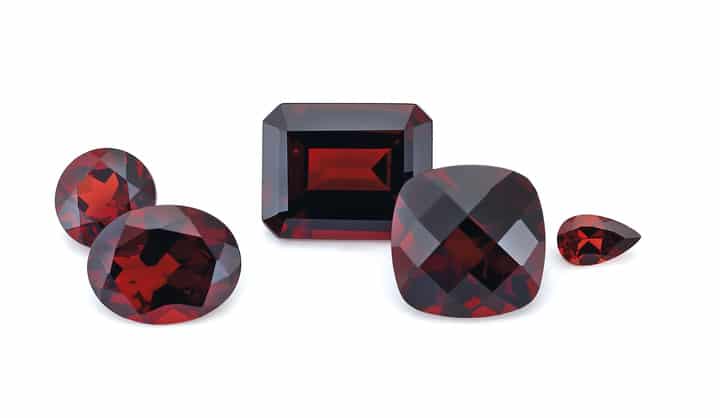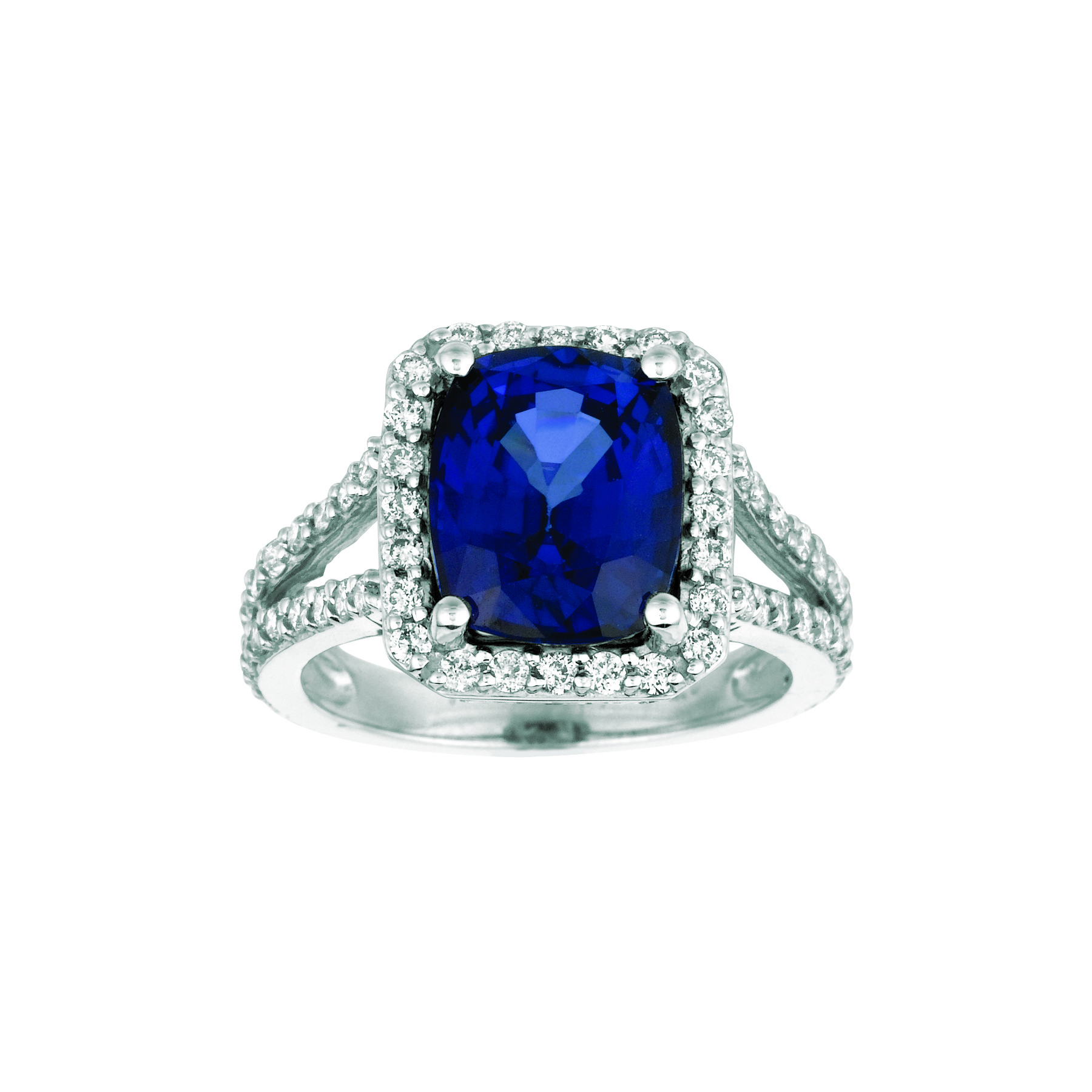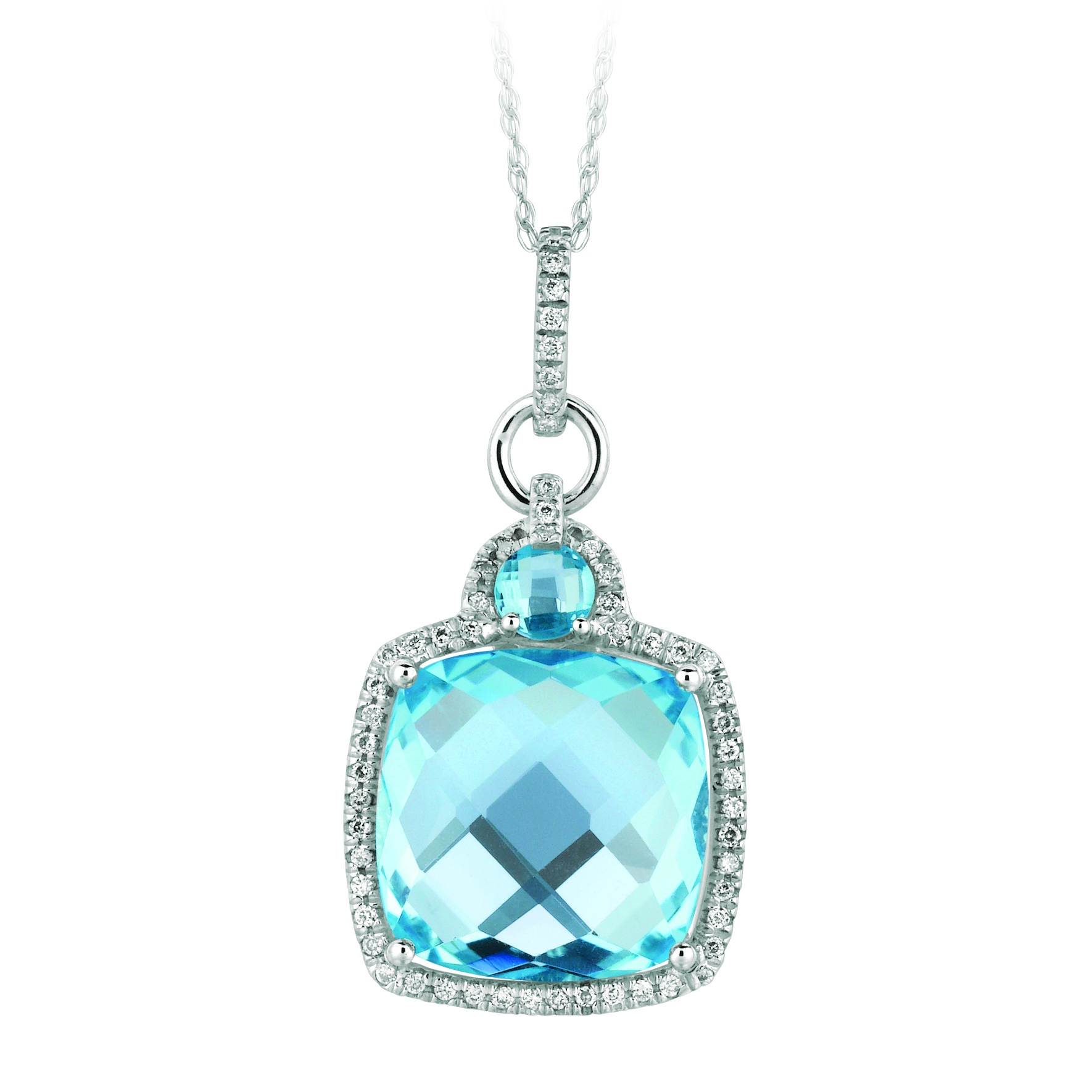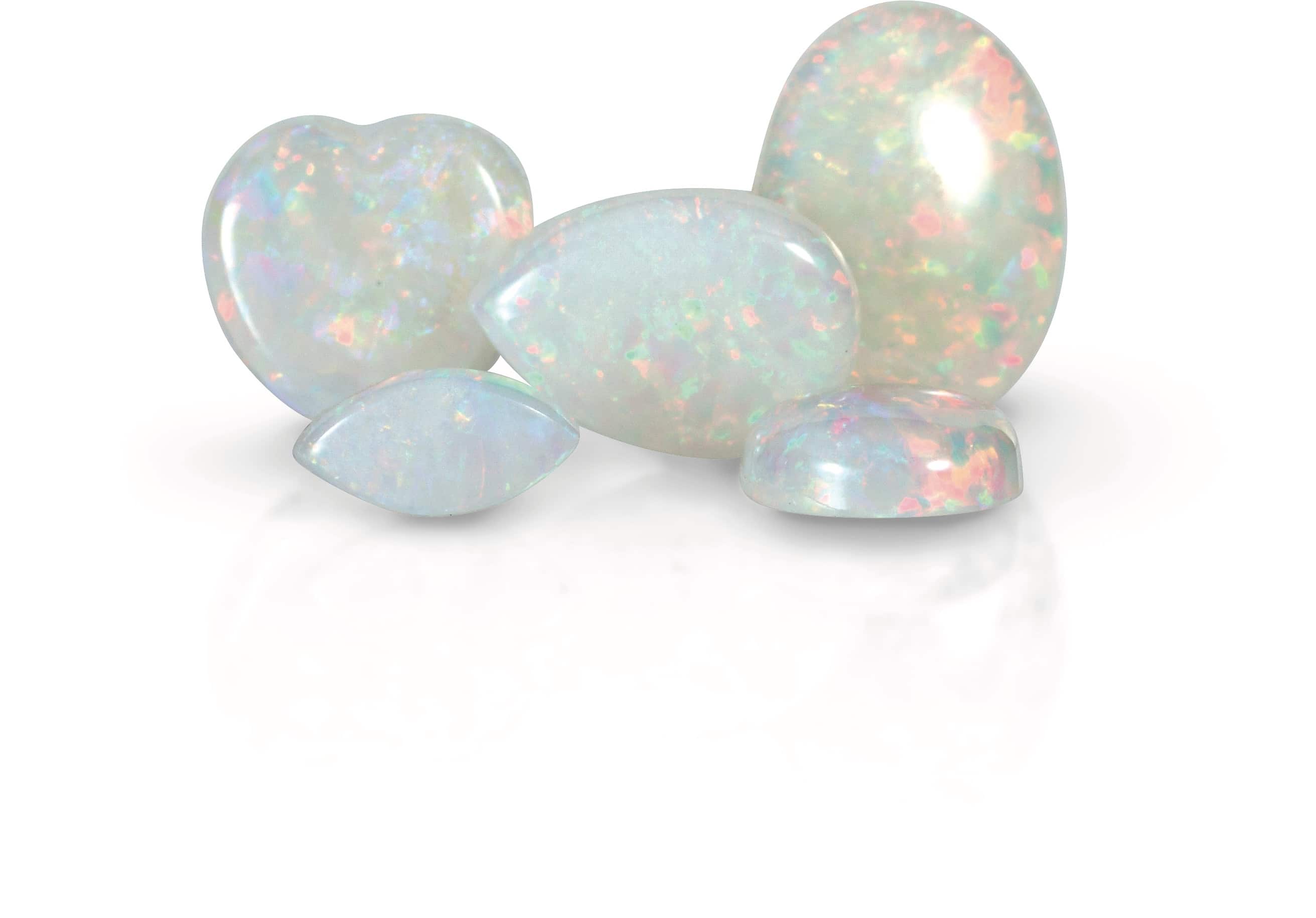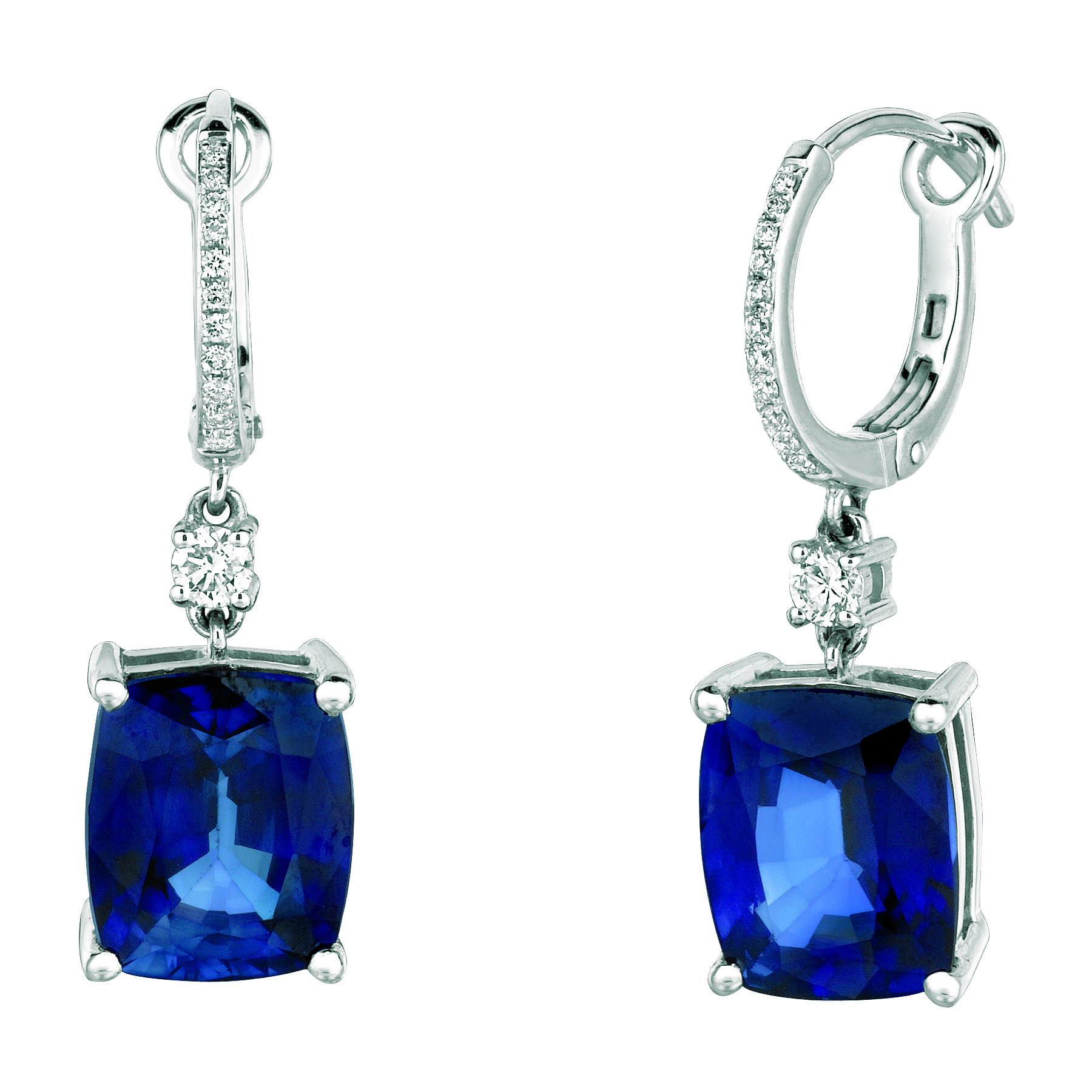Garnet Birthstone
Most everyone can agree that it is wise to start the new year off on a good foot. January babies can do just that with garnet, the “Gem of Faith”.
The Birthstone Garnet is widely recognized from its red color, but it can be found in a range of colors. Each of January gemstones color stems from a specific group of garnet. Pyrope and almandine is a purple to red stone. Spessartines is an orange to yellow variation. Glossuler is orange to orangy red to a bright green. The last one, andradite is found in yellow to green shades. Dating as far back when garnet was first discovered around the Bronze Ages, Bohemia was the leading producer of the pyrope gemstones. The word pyrope derives from the greek word pyropos, meaning “fiery eyed”. Today the leading producer is Africa. You can find variations of garnet in Kenya, Tanzania, Madagascar, and other countries.
Garnet was often used as adornments for pharaohs in Egypt. In Ancient Rome people used the gemstone as intaglios for wax stamps on important documents. The Ancient healers and wise men placed them in wounds for its healing effect. The clergy and nobility of the Middle Ages preferred garnet to be used. Many warriors used garnet as a talisman during wars for protection, while others used it to ward off plague and pestilence. Many legends describe garnet to be the gemstone that brings peace, prosperity, and good health.
If you are looking for a good way to kick off the new year, come gaze at our stunning garnets at Anne Dale Jewelers.
learn more: Topaz

